Send A Space Thing For Questions
Send a space thing for questions
Planets: Life
Mercury: What’s your full name?
Venus: What’s your first language?
Earth: Where’s your home?
Mars: What’s your sexuality?
Jupiter: Do you have any siblings?
Saturn: Any pets?
Uranus: What’s your hobby?
Neptune: When’s your birthday?
Pluto: What time is it right now where you are?
Moon: What are you currently studying/hope to study?
Stars: Experiences
Sun: Have you ever had alcohol?
Sirius: Have you ever failed a class?
Rigel: Have you ever gone on a rollercoaster?
Deneb: Have you ever been out of your home country?
Arcturus: Have you cried out of something other than sadness?
Betelgeuse: What’s something you can never forget about?
Aldebaran: What’s something you care desperately about?
Canopus: Have you ever broken a bone?
Bellatrix: Have you ever been forced to lie/keep a secret?
Alphard: Have you ever lost a friend?
Vega: What’s something you’ve done that you wish you hadn’t?
Constellations: Favourites
Centaurus: Favourite holiday?
Orion: Favourite month?
Cassiopeia: Favourite book?
Delphinus: Favourite study?
Hercules: Favourite instrument?
Gemini: Favourite song?
Pegasus: Favourite place to be?
Libra: Favourite colour?
Phoenix: Favourite thing to wear?
Aries: Favourite movie?
Cygnus: Favourite weather?
Hydra: Favourite sound?
Galaxies: Love/Friends
Milky Way: Who’s your oldest friend?
Andromeda: Do you consider yourself social?
Black Eye Galaxy: Do you believe in love at first sight?
Cartwheel Galaxy: When was your first kiss?
Cigar Galaxy: How’s your flirting skills?
Comet Galaxy: Have you ever had to leave a relationship because someone changed too much?
Pinwheel Galaxy: Would you date the last person you talked to?
Sombrero Galaxy: Do you have a crush right now?
Bode’s Galaxy: Have you ever had a secret admirer?
Sunflower Galaxy: Would you date/make friends with someone out of pity?
Tadpole Galaxy: Would you deny a relationship/friendship?
Whirlpool Galaxy: Have you ever cried over a breakup?
Other stuff: Wishes
Comet: What’s your big dream?
Asteroid: What does your dream life look like?
Meteor: What’s something you wish you could tell, but can’t?
Nebula: If you could undo one thing in your life, what would it be?
Shooting Star: If you could bring back one thing, what would it be?
Pulsar: What do you hope to do in the next 10 years?
Supernova: What’s one thing you want to do before you die?
Quasar: If you could spend the rest of your life with only one person, who would it be?
Wormhole: What’s something you wish would happen, but know won’t?
Black Hole: What’s the last thing you want to see?
More Posts from Intergalacticnerd and Others

Infant Star’s Artistic Outburst
The artistic outburst of an extremely young star, in the earliest phase of formation, is captured in this spectacular image from the NASA/ESA Hubble Space Telescope. The colourful wisps, found in the lower left of the image, are painted onto the sky by a young star cocooned in the partially illuminated cloud of obscuring dust seen to the upper right.
Pictured punching through the enshrouding dust is an extremely hot, blue jet of gas released by the young star. As this jet speeds through space, it collides with cooler surrounding material. The result is the colourful object to the lower left, produced as the cooler material is heated by the jet (opo9524a, potw1307a).
This wispy object is known as HH34 and it is an example of a Herbig–Haro (HH) object. It resides approximately 1400 light-years away near the Orion Nebula, a large star formation region within the Milky Way. HH objects exist for a cosmically brief time — typically thousands of years — with changes seen in observations taken only a few years apart (heic1113).
Credit: ESA/Hubble & NASA

For the first time, astronomers have observed bursts of visible light being released by a black hole as it swallows matter from nearby stars.
These flashes of light, which lasted between several minutes to a few hours, were seen coming from a black hole in the Cygnus constellation, located about 7,800 light-years away from Earth. Incredibly, some of the flashes were so bright, the team says amateur astronomers could see them with a modest 20-cm telescope.
“We find that activity in the vicinity of a black hole can be observed in optical light at low luminosity for the first time,” astronomer and lead researcher, Mariko Kimura from Kyoto University in Japan, told Charles Q. Choi at Space.com.
“These findings suggest that we can study physical phenomena that occur in the vicinity of the black hole using moderate optical telescopes without high-spec X-ray or gamma-ray telescopes.”
Continue Reading.

Picture of the Day: Messier 9 Star Cluster
NASA’s Hubble Space Telescope has taken this incredible picture of Messier 9, a globular star cluster located near the center of our galaxy. The cluster, located some 25,000 light years away, is too faint to be seen with the naked eye, but Hubble has captured more than 250,000 individual stars there. Globular clusters are believed to have emerged when the galaxy was quite young, and the stars that make up Messier 9 are calculated to be around twice as old as our sun.
Are u really in space
Yes. Really. And now I am in space over New Orleans…and now I’m over Mobile, Alabama.
Mars has flowing rivers of briny water, NASA satellite reveals

NASA just released the out-of-this-world news.










A recap of January in pictures! Winters the best time for astrophotography which is why I’ve had plenty of opportunities to get outside and capture the cosmos!

All Quiet in the Nursery?
The dark patch snaking across this spectacular image of a field of stars in the constellation of Ophiuchus (The Serpent-bearer) is not quite what it appears to be.
Although it looks as if there are no stars here, they are hidden behind this dense cloud of dust that blocks out their light. This particular dark cloud is known as LDN 1768.
Despite their rather dull appearance, dark nebulae like LDN 1768 are of huge interest to astronomers, as it is here that new stars form. Inside these vast stellar nurseries there are protostars — stars at the earliest stage of their lives, still coalescing out of the gas and dust in the cloud.
Eventually, the protostars will become dense and hot enough to start the nuclear reactions that will produce visible light and they will start to shine. When this happens, they will blow away the cocoon of dust surrounding them and cause any remaining gas to emit light as well, creating the spectacular light show known as an HII region.
Credit: ESO

Using the advanced adaptive optics system on the Gemini South telescope, astronomers have imaged a beautiful stellar jewel-box – a tightly packed cluster of stars that is one of the few places in our galaxy where astronomers think stars can actually collide. Stellar collisions are important because they can provide the key to understand the origin of exotic objects that cannot be interpreted in terms of the passive evolution of single stars. read more here credit: Gemini Observatory/AURA
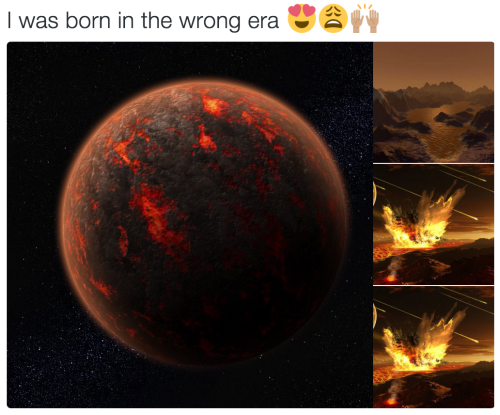
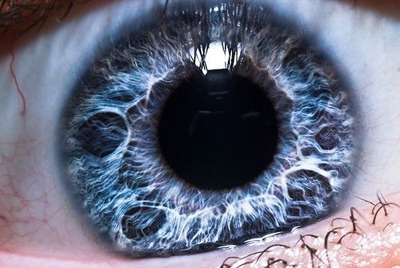


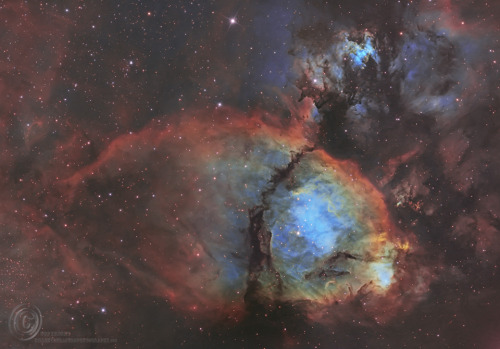
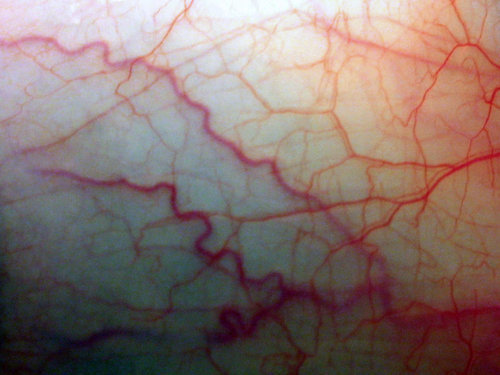
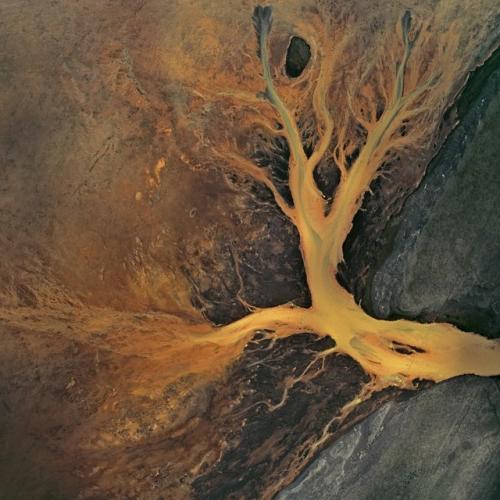

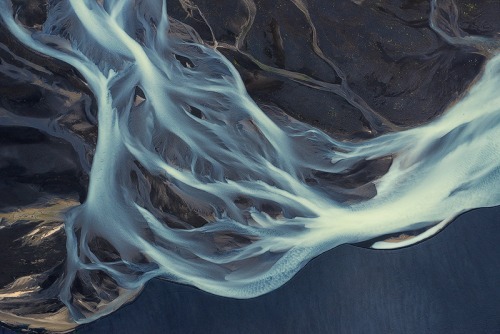
-
 bearnolan reblogged this · 2 weeks ago
bearnolan reblogged this · 2 weeks ago -
 sparklingcurepeace reblogged this · 3 weeks ago
sparklingcurepeace reblogged this · 3 weeks ago -
 piratelooksatforty liked this · 1 month ago
piratelooksatforty liked this · 1 month ago -
 sleepydreameroncloud9 reblogged this · 1 month ago
sleepydreameroncloud9 reblogged this · 1 month ago -
 thetardisismysoulanimal liked this · 1 month ago
thetardisismysoulanimal liked this · 1 month ago -
 milverton reblogged this · 1 month ago
milverton reblogged this · 1 month ago -
 thetardisismysoulanimal reblogged this · 1 month ago
thetardisismysoulanimal reblogged this · 1 month ago -
 askingaskinggames reblogged this · 1 month ago
askingaskinggames reblogged this · 1 month ago -
 lumosfm liked this · 1 month ago
lumosfm liked this · 1 month ago -
 sugarsnapped liked this · 1 month ago
sugarsnapped liked this · 1 month ago -
 soniciselectricc liked this · 1 month ago
soniciselectricc liked this · 1 month ago -
 lost-zero liked this · 2 months ago
lost-zero liked this · 2 months ago -
 aktiveandattractiv356 reblogged this · 2 months ago
aktiveandattractiv356 reblogged this · 2 months ago -
 rainysflowergarden reblogged this · 2 months ago
rainysflowergarden reblogged this · 2 months ago -
 rainbowdelicsunshine reblogged this · 2 months ago
rainbowdelicsunshine reblogged this · 2 months ago -
 rainbowdelicsunshine reblogged this · 2 months ago
rainbowdelicsunshine reblogged this · 2 months ago -
 rainbowdelicsunshine reblogged this · 3 months ago
rainbowdelicsunshine reblogged this · 3 months ago -
 rainbowdelicsunshine reblogged this · 3 months ago
rainbowdelicsunshine reblogged this · 3 months ago -
 blodbranddod reblogged this · 3 months ago
blodbranddod reblogged this · 3 months ago -
 else-self reblogged this · 3 months ago
else-self reblogged this · 3 months ago -
 jongside liked this · 3 months ago
jongside liked this · 3 months ago -
 rainbowdelicsunshine reblogged this · 3 months ago
rainbowdelicsunshine reblogged this · 3 months ago -
 rainbowdelicsunshine reblogged this · 3 months ago
rainbowdelicsunshine reblogged this · 3 months ago -
 rainbowdelicsunshine reblogged this · 3 months ago
rainbowdelicsunshine reblogged this · 3 months ago -
 rainbowdelicsunshine reblogged this · 3 months ago
rainbowdelicsunshine reblogged this · 3 months ago -
 rainbowdelicsunshine reblogged this · 3 months ago
rainbowdelicsunshine reblogged this · 3 months ago -
 pinkiepuunk liked this · 3 months ago
pinkiepuunk liked this · 3 months ago -
 rainbowdelicsunshine reblogged this · 3 months ago
rainbowdelicsunshine reblogged this · 3 months ago -
 cookiecthulhu reblogged this · 3 months ago
cookiecthulhu reblogged this · 3 months ago -
 tsukarikata liked this · 3 months ago
tsukarikata liked this · 3 months ago -
 rainbowdelicsunshine reblogged this · 3 months ago
rainbowdelicsunshine reblogged this · 3 months ago -
 deactivated-blog-posts reblogged this · 4 months ago
deactivated-blog-posts reblogged this · 4 months ago -
 rainbowdelicsunshine reblogged this · 4 months ago
rainbowdelicsunshine reblogged this · 4 months ago -
 ladypluto1111 reblogged this · 4 months ago
ladypluto1111 reblogged this · 4 months ago -
 rainbowdelicsunshine reblogged this · 4 months ago
rainbowdelicsunshine reblogged this · 4 months ago -
 enbyzombies2 liked this · 4 months ago
enbyzombies2 liked this · 4 months ago -
 daydreamworldno-9 reblogged this · 4 months ago
daydreamworldno-9 reblogged this · 4 months ago -
 askgamesarchive reblogged this · 4 months ago
askgamesarchive reblogged this · 4 months ago -
 thetardisismysoulanimal reblogged this · 4 months ago
thetardisismysoulanimal reblogged this · 4 months ago -
 emmerdeusedepuislanaissance reblogged this · 4 months ago
emmerdeusedepuislanaissance reblogged this · 4 months ago -
 iteeunoia liked this · 4 months ago
iteeunoia liked this · 4 months ago -
 mitiltenten liked this · 4 months ago
mitiltenten liked this · 4 months ago -
 multistanisms reblogged this · 4 months ago
multistanisms reblogged this · 4 months ago -
 gottalovethegeeks reblogged this · 4 months ago
gottalovethegeeks reblogged this · 4 months ago -
 draganwhorror reblogged this · 4 months ago
draganwhorror reblogged this · 4 months ago -
 historias-multorum reblogged this · 5 months ago
historias-multorum reblogged this · 5 months ago -
 quite-right-too reblogged this · 5 months ago
quite-right-too reblogged this · 5 months ago -
 oncominggstorm reblogged this · 5 months ago
oncominggstorm reblogged this · 5 months ago
"Astronomy compels the soul to look upwards and leads us from this world to another." - Plato
147 posts